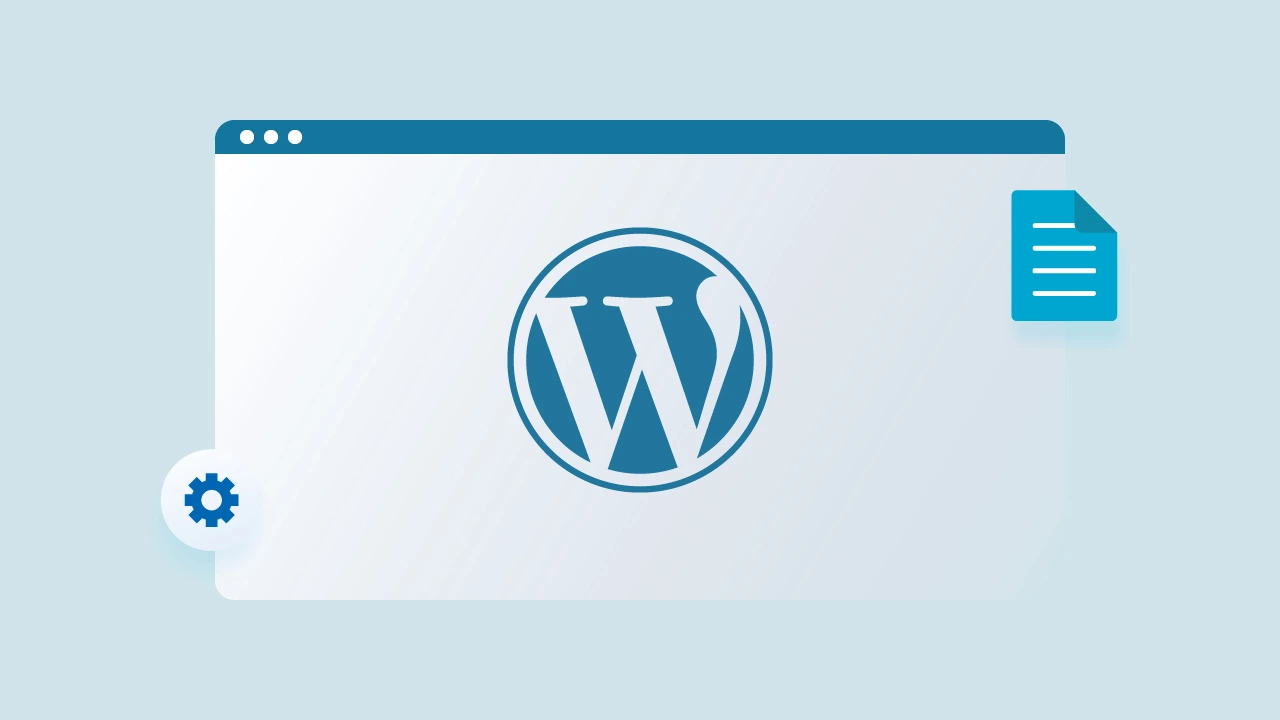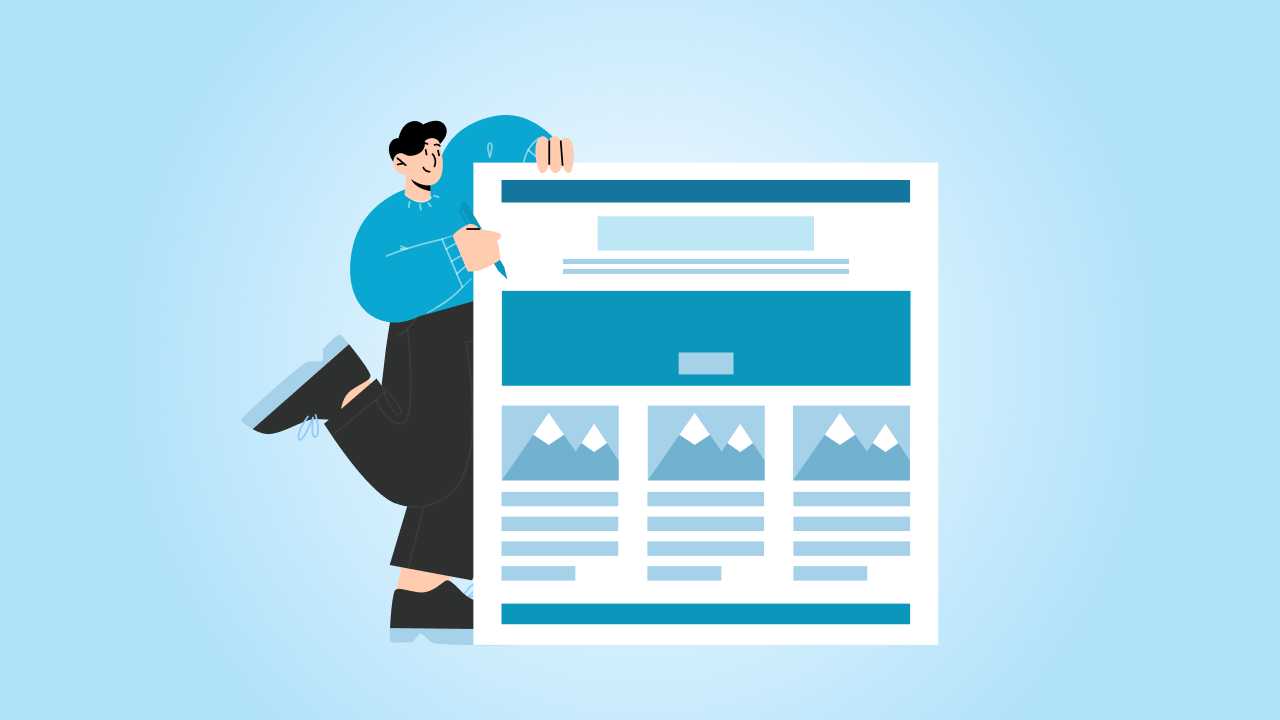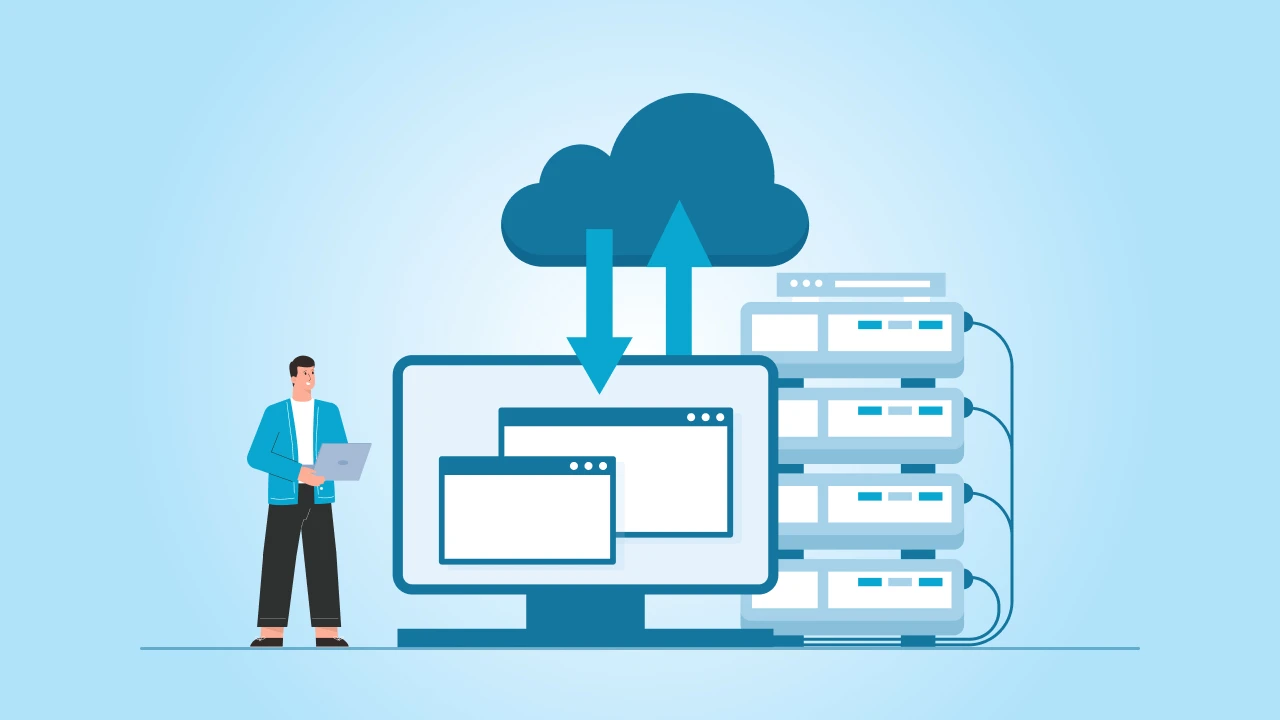Since its humble beginnings in 2003, WordPress has come a long way.
What started as a simple blogging tool back in the early 2000s has now evolved into the world’s most popular content management system (CMS), powering over 40% of all websites on the internet.
From small personal blogs to massive eCommerce stores and corporate websites, WordPress has shaped the way people build and manage websites.
But have you ever wondered how it got here? How did WordPress grow from a basic publishing platform to a powerful, feature-packed CMS?
That’s exactly what we are diving into today.
If you think understanding WordPress version history is just for tech geeks or developers, you are wrong. It’s valuable for anyone using the platform. Every major update has introduced new features, improved security, and enhanced performance.
So whether you are a blogger, a business owner, or a web developer, knowing the history of WordPress can help you appreciate its evolution and stay ahead of the curve.
In this post, we will take a journey through the different versions of WordPress, highlighting the key updates that shaped it into what we know today. Plus, we will explore why keeping up with these updates is so important for your website’s security, speed, and functionality.
⏰ 60-Second Summary
- WordPress started in 2003 as a simple blogging tool and grew into the world’s top CMS.
- WordPress 2.x introduced plugins, making the platform more flexible.
- WordPress 3.x brought custom post types and menus, expanding beyond blogs.
- WordPress 5.0 (2018) introduced the Gutenberg Block Editor, changing content creation.
- WordPress 6.x (2022-Present) added Full-Site Editing (FSE) for complete site control.
- Updates improve security, speed, and features, keeping websites optimized.
- Best practices: Check release notes, back up your site, and test updates first.
The Early Days: WordPress 1.0 and Its Roots
Before WordPress became this big powerhouse CMS that we know today, it started as a simple solution to a frustrating problem.
I’ll tell you how.
Back in 2003, blogging just started gaining momentum, but the available platforms were either too complex or lacked flexibility. That’s when two developers, Matt Mullenweg and Mike Little, decided to step in.
In those days, a blogging tool called b2/cafelog was widely used, but its development had stalled. Seeing that as a window of opportunity, Matt and Mike took its existing code and built something better—giving birth to WordPress on May 27, 2003.
WordPress 1.0 – The Beginning of Something Big
When WordPress 1.0 was officially released in January 2004, it was still a basic blogging platform, but it already had the foundation of what would become a game-changing CMS. Some of its key features include:
- A Simple Interface – A clean, easy-to-use dashboard for writing and managing posts.
- Categories & Permalinks – Making content more organized and SEO-friendly.
- Comment Moderation – Giving bloggers control over their discussions.
- Plugin Support – The first steps toward WordPress’s legendary extensibility.
Even in its earliest days, WordPress focused on simplicity, usability, and flexibility—a vision that remains at its core today.
So Why This Was a Big Deal
Well, back in those days, most website-building tools required coding knowledge, and blogging platforms were limited in customization. Now, WordPress changed that whole scenario by offering an open-source solution that anyone could use, modify, and improve.
Little did anyone know, this small project would eventually grow into a global web powerhouse.
Not sure if your WordPress site is running the latest version? Let our experts at cmsMinds handle it for you!
Major Milestones in WordPress Version History
As WordPress started gaining popularity, it evolved beyond just a blogging tool. Each new version introduced groundbreaking features that made it more powerful, user-friendly, and adaptable for all kinds of websites.
Let’s take a look at some of the most significant milestones in WordPress history.
1. WordPress 2.x (2005-2010)
The Rise of Plugins and Better User Experience
By the mid-2000s, WordPress was gaining serious traction. With the release of WordPress 2.0 in December 2005, the platform introduced:
- A Revamped Admin Panel – A smoother, more modern interface.
- WYSIWYG Editor (TinyMCE) – Making content creation easier with a visual editor.
- Plugin System Expansion – Developers could now extend WordPress without modifying the core.
This version set the stage for WordPress’s plugin-driven ecosystem, which played a huge role in its future success. By the end of the 2.x era, millions of users had adopted WordPress, and it was no longer “just a blogging tool.
2. WordPress 3.x (2010-2014)
Custom Post Types & Menus Change the Game
WordPress 3.0, launched in June 2010, was a game-changer. This version introduced:
- Custom Post Types – Allowing users to create any kind of content, not just blog posts.
- Custom Menus – Making website navigation more flexible.
- Multisite Feature – Enabling multiple websites from a single WordPress installation.
These updates helped transform WordPress into a fully-fledged CMS, making it suitable for everything from portfolios to large business websites.
3. WordPress 4.x (2014-2018)
Mobile-Friendly & Better Media Handling
With mobile usage exploding, WordPress had to adapt. The 4.x versions focused on usability and performance, including:
- Seamless Media Embeds – Easy embedding for videos, tweets, and images.
- Live Theme Customizer – Letting users preview changes before publishing.
- Mobile-Friendly Admin – Making WordPress easier to manage on phones and tablets.
By this time, WordPress wasn’t just powering blogs—it was behind major news sites, online stores, and corporate portals.
4. WordPress 5.x (2018-2021)
The Gutenberg Era & Full-Site Editing
The biggest shift in WordPress history came with WordPress 5.0 in December 2018. This version introduced:
- Gutenberg Block Editor – A drag-and-drop system for writing and designing pages.
- Reusable Blocks – Letting users save and reuse content sections.
- Site Health Tool – Helping users monitor website performance and security.
- Native Lazy Loading – Improving page speed by loading images only when needed.
- Theme JSON File – Enabling developers to control theme settings more easily.
With the block editor and full-site editing, WordPress has moved closer to platforms like Squarespace and Wix, while still maintaining its flexibility and open-source nature.
5. WordPress 6.x (2022-Present)
Full-Site Editing, UI Improvements & Performance Boosts
The WordPress 6.x series is all about enhancing user experience, customization, and site performance. Here’s a quick breakdown of the key updates in the most recent versions:
- New Twenty Twenty-Four default theme
- Improvements in Block Editor patterns for easier layout design
- Enhanced command palette for faster navigation
WordPress 6.5 “Regina” (April 2, 2024)
- Introduction of Font Library for better typography control
- Performance boost with faster database queries
- Major accessibility improvements
WordPress 6.6 “Dorsey” (July 16, 2024)
- Upgraded theme style variations
- Better site editing capabilities
- Improved drag-and-drop experience in Gutenberg
WordPress 6.7 “Rollins” (November 12, 2024)
- Advanced AI-powered writing assistance
- More refined workflow automation
- Enhanced block-based template design
WordPress 6.8 (Coming in 2025)
- The next major update is expected to bring even more AI integration, speed optimizations, and design flexibility.
Why Keeping Up with WordPress Updates Matters
Staying up to date with the latest WordPress versions ensures you are getting:
- The best security against cyber threats.
- The fastest performance for your website.
- The latest tools for better design and content management.
Again, if you are still running an older version of WordPress, now is the time to update and take advantage of everything the platform has to offer!
How to Stay Updated with WordPress Versions
Keeping your WordPress site up to date is highly important for security, performance, and access to new features. Here’s how you can stay informed and ensure smooth updates without breaking your site.
1. Checking the Official WordPress Release Notes
WordPress releases major updates approximately three times a year, with minor updates in between for security and maintenance. To stay informed about new versions, you should:
- Follow the Official WordPress News Page – WordPress.org News regularly announces new updates and what’s included.
- Check the WordPress Roadmap – WordPress Development Roadmap outlines upcoming releases and their expected features.
- Subscribe to WordPress-related newsletters and blogs – Websites like WPBeginner, WP Tavern, and Kinsta provide insights on updates.
- Join WordPress Community Forums & Slack Groups – Being part of the WordPress developer or user community helps you stay ahead.
💡 Pro Tip: Turn on automatic updates for minor security fixes while manually reviewing major updates before applying them to your live site.
2. Best Practices for Updating WordPress Safely
Updating WordPress isn’t just about clicking the “Update” button. A poorly managed update can break your site, especially if you have outdated plugins or themes. Here’s how to update safely:
1. Back Up Your Website First
Before updating, always create a backup of your website. This ensures you can restore your site if anything goes wrong. Use reliable WordPress backup plugins like:
- UpdraftPlus – Allows scheduled and manual backups.
- BackupBuddy – Great for complete website migrations and backups.
- Jetpack Backup – Provides automated real-time backups.
2. Check Plugin & Theme Compatibility
Not all plugins and themes are immediately compatible with the latest WordPress version. Before updating:
- Check the plugin and theme changelogs for compatibility updates.
- Visit the plugin’s support forum to see if other users have faced issues.
- If using a custom-coded theme or plugin, consult a WordPress developer before updating.
3. Update in This Order
To minimize risks, update your website in the following order:
- Plugins (update them one at a time and check for issues).
- Themes (especially if using a child theme).
- WordPress Core (major versions should be tested on a staging site first).
4. Test Your Website After Updating
Once the update is complete:
- Clear your browser and website cache.
- Test all critical functionalities (forms, checkout, login, etc.).
- Check your error logs for any issues.
3. Tools to Test Updates Before Applying Them to a Live Site
If you manage a business website, eCommerce store, or membership site, you should test updates on a staging site before applying them to your live website.
Here are some tools to safely test updates:
- Local by Flywheel – Create a local environment to test updates on your computer.
- WP Staging – Clone your live website to a separate staging site with one click.
- Kinsta Staging Environment – Available for Kinsta users to test updates safely.
- SiteGround Staging – Allows one-click staging site creation for SiteGround users.
💡 Pro Tip: If you are unsure whether an update will affect your website, wait for a few days after release. This allows developers to patch any early bugs that might arise.
Conclusion
WordPress has evolved from a simple blogging tool into a powerful, full-fledged website builder that powers millions of sites worldwide. Each version has brought improvements in security, speed, customization, and user experience, making it an essential tool for bloggers, businesses, and developers alike.
Understanding WordPress version history isn’t just about looking back—it’s about staying prepared for what’s ahead. Regular updates keep your site secure, optimized, and compatible with the latest technology. Whether it’s a major feature overhaul or a small security patch, every update plays a role in keeping your website running smoothly and efficiently.
Whether it’s a major version update or a small security patch, our team at cmsMinds specializes in hassle-free WordPress maintenance and custom development.





